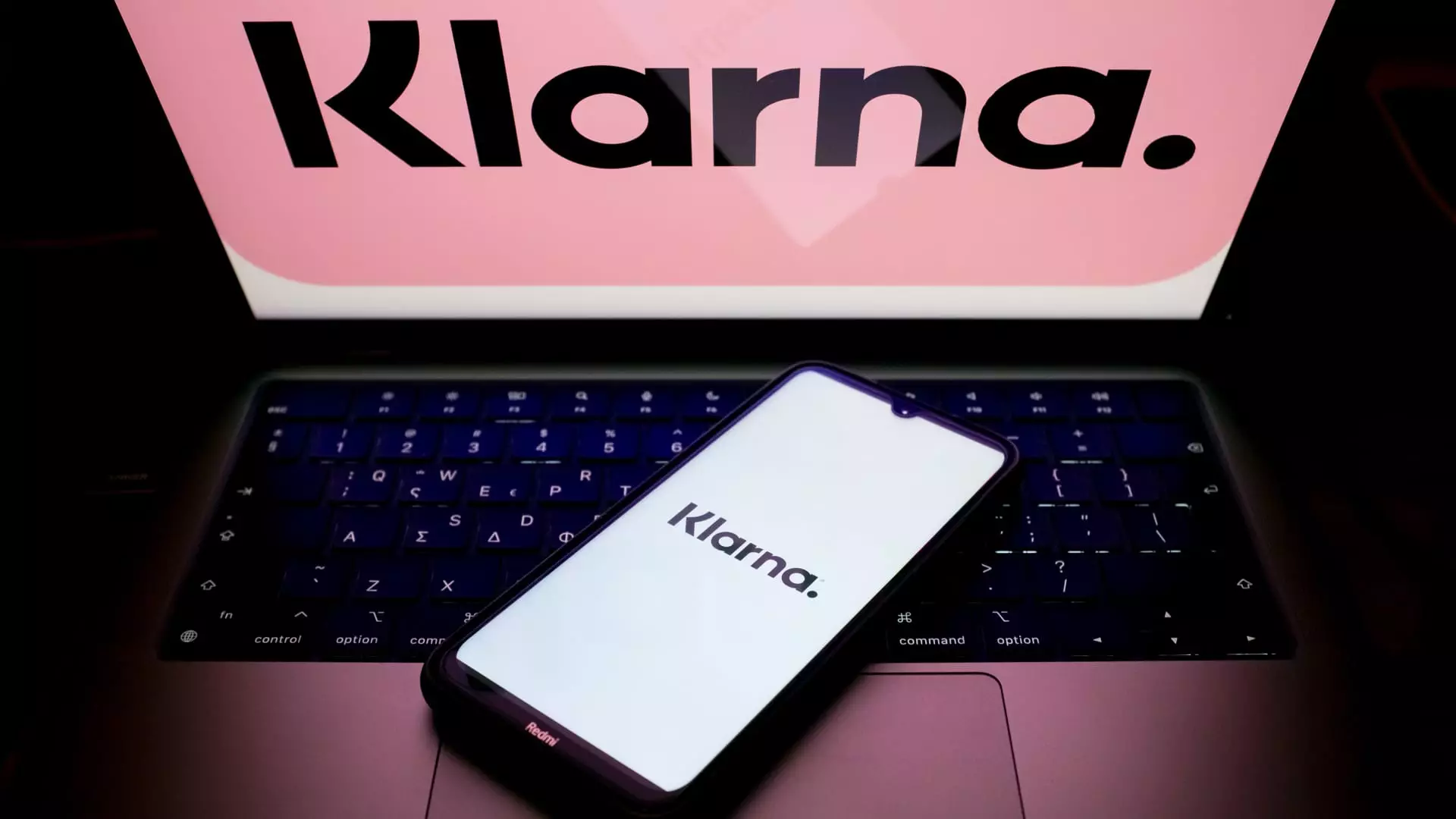Klarna, the Swedish fintech giant, has long been synonymous with enabling consumers to “buy now, pay later” (BNPL). This model has gained immense popularity, especially among the millennial and Gen Z demographics, becoming a staple in online shopping. However, the company’s recent announcement of the Klarna Card signals a pivotal shift in its strategy — a decisive step away from being pigeonholed as just a BNPL provider. This new product, set to launch in the U.S. and later in Europe, presents a compelling vision: to frame Klarna not merely as a payment facilitator but as a comprehensive neobank capable of competing with traditional banks and other fintech disruptors.
Rebranding Beyond BNPL
The desire to transform Klarna’s public perception is palpable, especially with an impending initial public offering on the horizon. CEO Sebastian Siemiatkowski’s statements reveal a clear ambition: to position Klarna alongside giants like PayPal, while embodying the essence of a modern neobank. In an industry often characterized by its reliance on legacy systems, Klarna’s vision for an integrated banking experience is audacious. By introducing a Visa debit card that offers more than just the ability to pay, Klarna is attempting to foster a broader relationship with its users, encouraging them to see Klarna as a versatile banking partner.
Yet, the transition is fraught with challenges. Consumers have learned to associate Klarna with easy credit rather than traditional banking functionalities. The question remains: will users embrace a brand that seeks to expand its role beyond providing a quick payment solution? The competition is fierce; with established banks and rising fintech challengers like Chime, Klarna must not only innovate but also educate its audience on the benefits of its new offerings.
The Features That Matter
The Klarna Card boasts features that aim to democratize banking for everyday users. With capabilities resembling those of standard checking accounts, including FDIC-insured deposits and the flexibility to toggle between payment methods, Klarna hopes to attract a diverse audience. The partnership with WebBank, allowing for FDIC insurance, indicates a careful consideration of regulatory compliance — essential in the highly scrutinized U.S. banking landscape.
Moreover, the innovative use of Visa Flexible Credential highlights Klarna’s intent to carve a unique niche. By enabling users to switch between debit and BNPL options seamlessly, Klarna could potentially alleviate the stigma often attached to credit. This functionality could be particularly appealing to younger consumers who prioritize financial agility over traditional banking constraints. Yet, one must question whether these features can withstand the rigorous demands of a saturated market. The success of this card will rely heavily on consumer engagement and perception—factors that are notoriously difficult to predict.
The Risks of Ambition
While the Klarna Card could position the company as a formidable challenger in the banking sector, there are inherent risks associated with such ambitious rebranding efforts. Critics point to the volatility of the BNPL model itself, which can lead consumers into cycles of debt — a narrative that could easily resurface as Klarna navigates its dual identity. Furthermore, without a U.S. bank license, the company might grapple with trust issues among more conservative consumers. The challenge lies in alleviating fears surrounding digital banking and education on the responsible use of credit and debit options.
Moreover, as regulatory landscapes tighten globally with increased scrutiny on BNPL practices, Klarna’s timing seems precarious. Will the emerging oversight hinder its expansion plans, or will Klarna be able to adapt quickly enough to leverage its financial innovation?
The Future of Banking and Klarna’s Place in It
As the fintech landscape evolves, Klarna’s foray into the debit card realm represents more than just a product launch; it’s a declaration of intent. The question remains whether this bold strategy can earn it a credible stake in an industry marked by legacy players. Navigating between the alluring dynamics of BNPL and the stability of traditional banking, Klarna could either set a new standard for consumer relations in finance or struggle to break free from the shadows of its own past. What’s clear, however, is that Klarna is not merely restructuring its products but is challenging the very essence of consumer banking. The future may look bright for Klarna, but only if it can effectively reconcile its innovative ambitions with the realities of consumer needs and regulatory frameworks.

